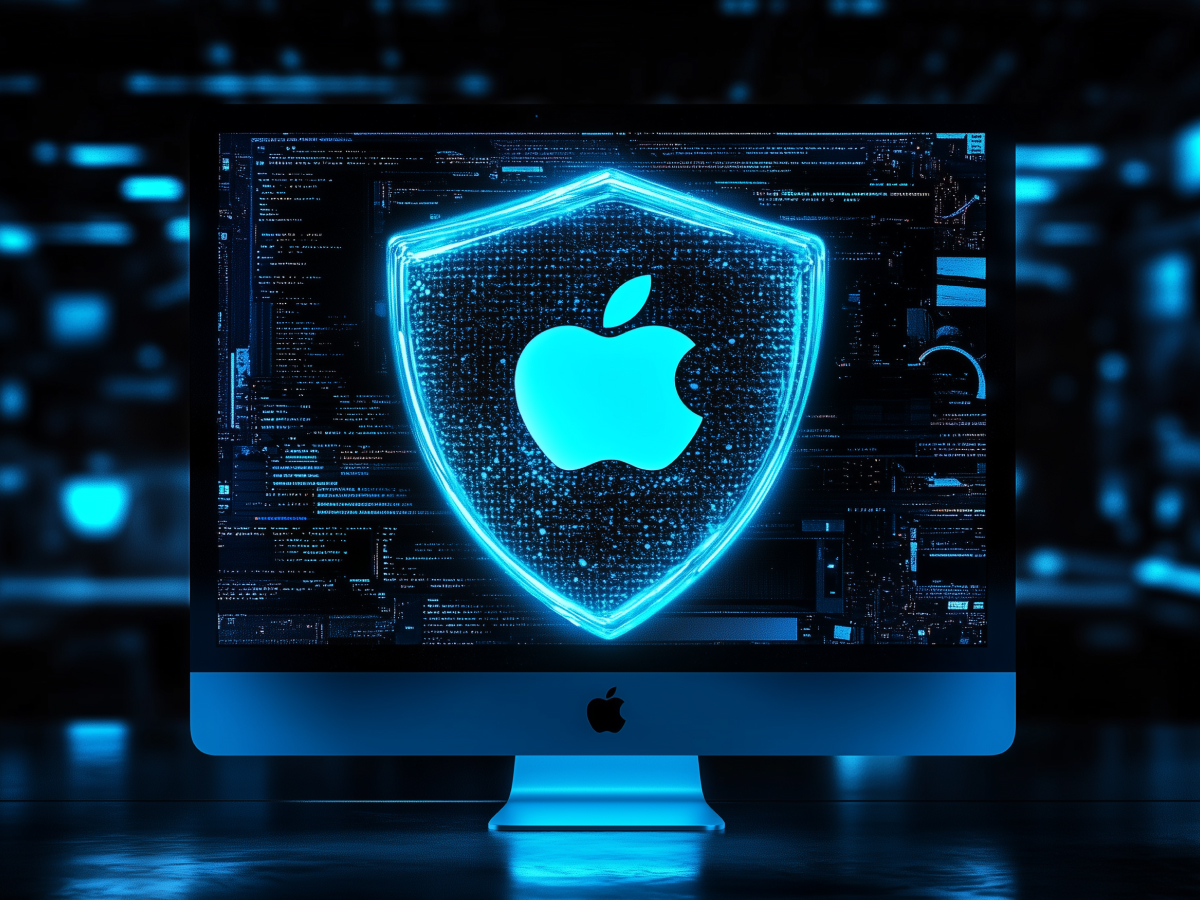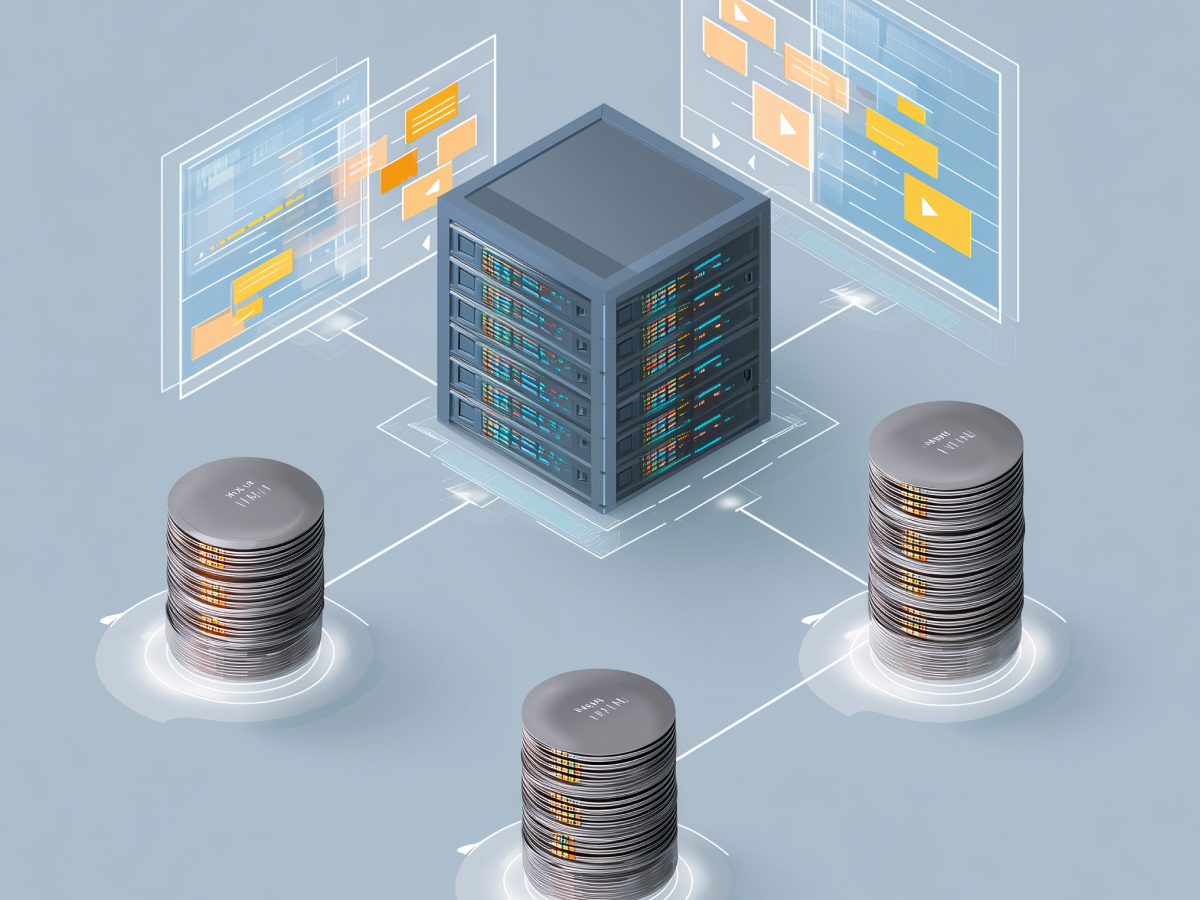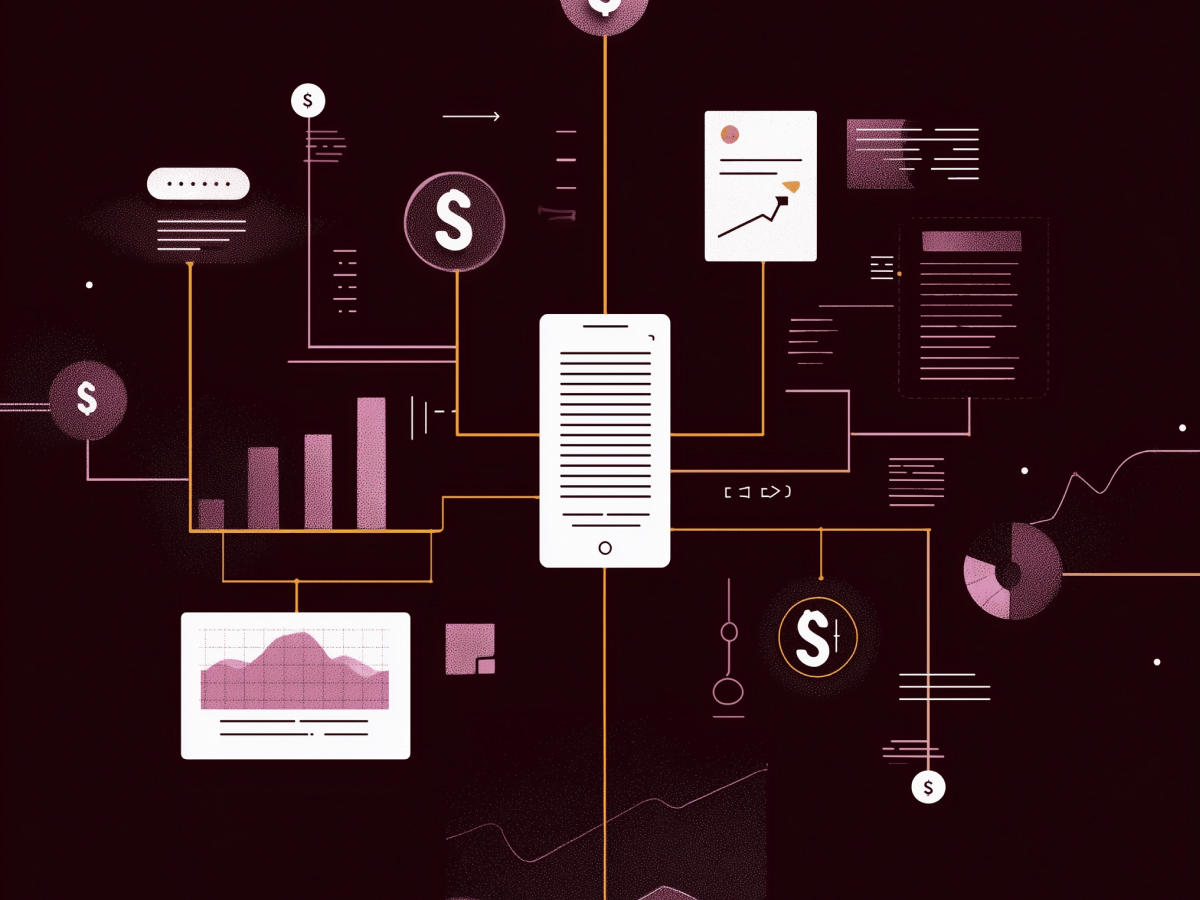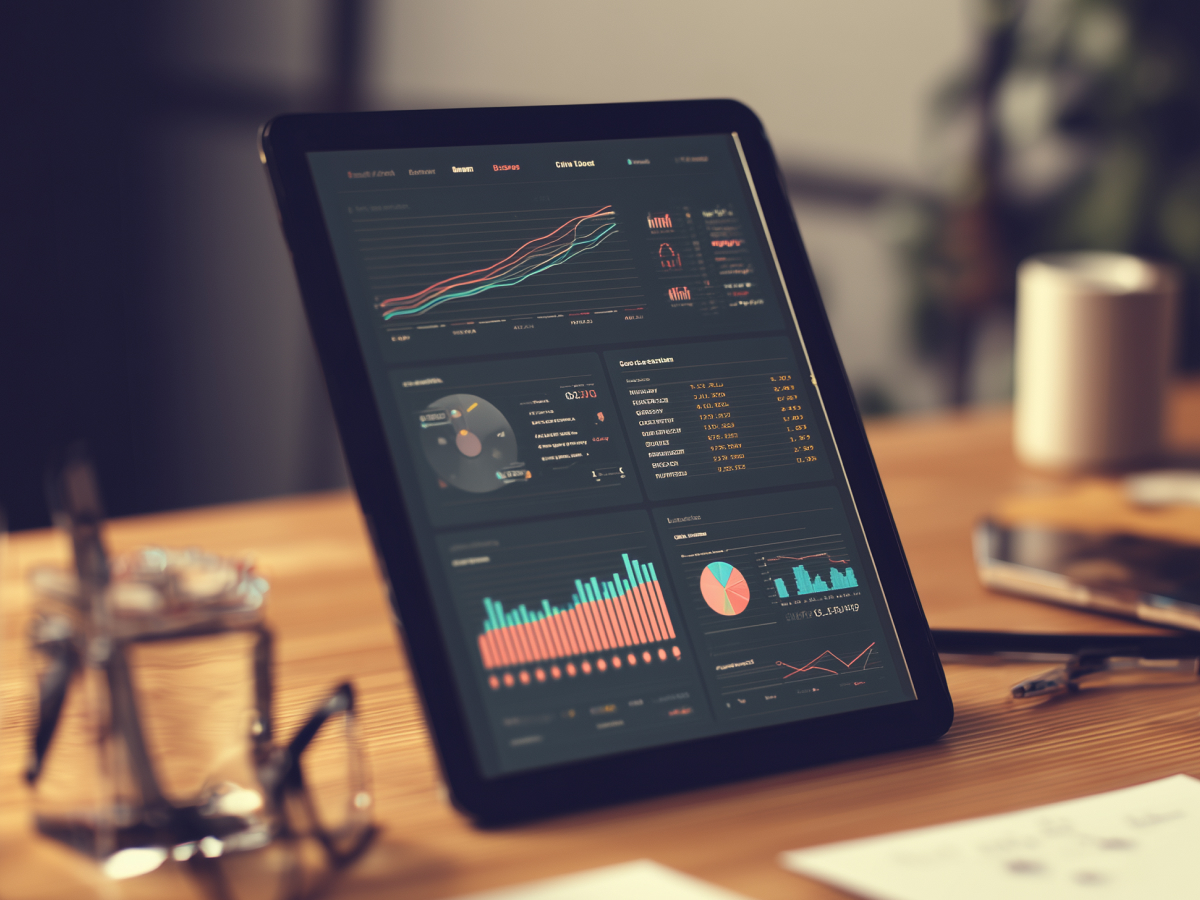Apple’s security strategy remains effective but is challenged by third-party software vulnerabilities.
Apple’s security approach is one of the best in the market. They’ve built a comprehensive ecosystem, integrating hardware and software with the kind of precision you expect from a company with such a large stake in user privacy and data protection. From the beginning, Apple’s been about control, their devices, the operating systems, and their app stores. They built security features like Gatekeeper, which makes sure apps come from trusted sources, and XProtect, their antivirus system, that actively fights threats. These are solid tools that give you confidence in your device.
But nothing’s foolproof, and Apple isn’t immune to vulnerabilities. Case in point: the Banshee macOS Stealer malware attack. It was a classic example of how the weakest link in the security chain is often the user. The malware spread through third-party software downloaded from phishing sites, software that looked legitimate on the surface, like Google Chrome or Telegram, but was secretly infected. The attack bypassed Apple’s antivirus defenses, exploiting a gap that showed how third-party software distribution can create holes in even the most secure systems.
What this means is simple: While Apple’s own systems are tough, the broader ecosystem, especially when third-party developers distribute apps outside the App Store, introduces risk. And for all the sophistication of Apple’s built-in tools, we can’t ignore the human element. Users are still the most vulnerable part of the chain. As Apple opens its ecosystem more and more, the risk of such attacks will only grow.
Users need to be cautious
Malware creators are getting smarter, more refined, and better at mimicking trusted software. In the case of Banshee, attackers didn’t just throw some random virus out there. They knew exactly what they were doing. They disguised their malware as popular programs like Chrome or Telegram, two tools that nearly everyone uses. In tricking users into downloading what seemed like harmless updates, they managed to inject their malicious code into the system.
What makes this even more insidious is how it worked once it was installed. The malware targeted specific elements like browser extensions and even 2FA (two-factor authentication) tools, which are meant to make your online accounts more secure. The malware could intercept sensitive information, such as login credentials, and send it back to attackers.
It’s important to remember that even the most trusted apps can become vectors for attacks. The reality is, malware isn’t going away, and the most effective protection is staying vigilant about where your software comes from. If it’s too good to be true, it probably is. Stick to official, trusted sources and always question what you’re downloading. The more we understand how these attacks work, the less likely we are to fall for them.
Apple’s strategy, including Lockdown Mode, aims to prevent such threats.
Apple gets it. The company understands that no matter how sophisticated the defenses, the bad guys will always be innovating. That’s why Apple has built features like Lockdown Mode, a security measure designed to give extra protection for people who are likely to be targets of high-level attacks, like journalists or activists. It’s a smart move, and while Lockdown Mode isn’t for everyone, it shows how Apple is thinking ahead about security in a world where threats are constantly evolving.
But Lockdown Mode is just one part of the equation. It’s a response to a broader issue: as Apple continues to open up its ecosystem for third-party developers to distribute apps more freely, new vulnerabilities will emerge. Every time Apple allows for more flexibility, there’s a balance to be struck between security and freedom. With third-party software distribution, developers can offer their products outside of Apple’s App Store, which means that some of that tight security Apple is known for can erode.
So, what’s the takeaway here? Apple’s built-in tools and Lockdown Mode are great, but they are not the be-all and end-all. Users need to make informed decisions, and developers need to play a role in ensuring the security of their apps.
“As much as Apple’s tools protect you, staying within trusted app ecosystems and understanding the potential risks of third-party apps is key to maintaining a secure environment.”
Cybersecurity is a shared responsibility that requires cooperation across platforms.
Cybersecurity isn’t just an IT issue; it’s an organizational and global issue. As Tim Cook put it back in 2016, “the next big war is fought on cybersecurity.” He’s absolutely right. With the cost of cybercrime expected to exceed $10 trillion this year, we’re seeing a massive, worldwide threat that can no longer be ignored. This kind of scale affects businesses at all levels. No one is immune. Cybercriminals are becoming more sophisticated, constantly evolving their methods, and targeting weaknesses everywhere they can find them.
The lesson here is clear: cybersecurity is a shared responsibility. Developers, platform providers, and users must all work together to prevent cybercrime. Developers can create secure systems, but if they don’t ensure their software distribution channels are safe, it becomes an open door for malware. Platforms like Apple and Google play a role in controlling and policing their app stores, but as the world moves toward more open systems and third-party distribution, that control gets harder to maintain. The users themselves also have a responsibility to be cautious about the software they choose to run and from where it comes.
For executives, this is a reminder that everyone in your organization plays a role in protecting your digital assets. Employees, developers, and IT departments all need to be aligned. That’s why investing in security tools is important, but so is investing in a security-aware culture. It’s a mindset that needs to be shared at every level of the company, from the developer writing code to the employee downloading apps.
Despite vulnerabilities, Macs remain the most secure PC platform.
Here’s something that might surprise you: even with the rise of sophisticated attacks like Banshee, Macs remain the most secure personal computing platform on the market. Apple’s design philosophy, which tightly integrates hardware and software, helps them maintain a high level of security. Unlike Windows, where the platform is open and can support a wider range of hardware, Apple controls the entire ecosystem. That’s an advantage in security because it makes it harder for malware to slip through unnoticed.
However, as we’ve seen, no system is perfect. The recent Banshee attack shows that even the most secure platforms can be vulnerable if users aren’t careful. The key takeaway here is that while Macs are secure by design, security is not an absolute guarantee. The risk to Macs is still mostly about human error. When users download software from untrusted sources, they’re essentially opening a door for malware. So, while Apple’s platform remains more secure than many others, the user’s actions can still undermine that security.
For businesses, this reinforces an important point: while Macs are a good choice for security, it’s not enough to rely on Apple’s platform alone. You need to provide training and tools that help your employees make informed decisions about the software they install. Macs are strong, but a strong platform can only protect you so much. User education and cautious behavior remain your first line of defense.
Key takeaways
- Third-party software vulnerabilities pose a risk: Apple’s security systems like Gatekeeper and XProtect are strong, but vulnerabilities arise when users download software from unofficial sources. Executives should make sure that employees only use trusted software platforms to minimize exposure to threats.
- User vigilance is key: Despite advanced security tools, human error remains the weakest link in cybersecurity. Decision-makers should invest in user education and make sure that teams are aware of phishing risks and the importance of only downloading software from trusted sources.
- Security is a shared responsibility: Cybersecurity requires cooperation between developers, platform providers, and end-users. Leaders should work with developers to secure software distribution channels and foster a culture of security within their organizations.
- Platform security should not be taken for granted: While Macs are secure by design, they are not immune to attacks. Companies should balance using Apple’s secure ecosystem with proactive user training and clear security protocols to prevent breaches





